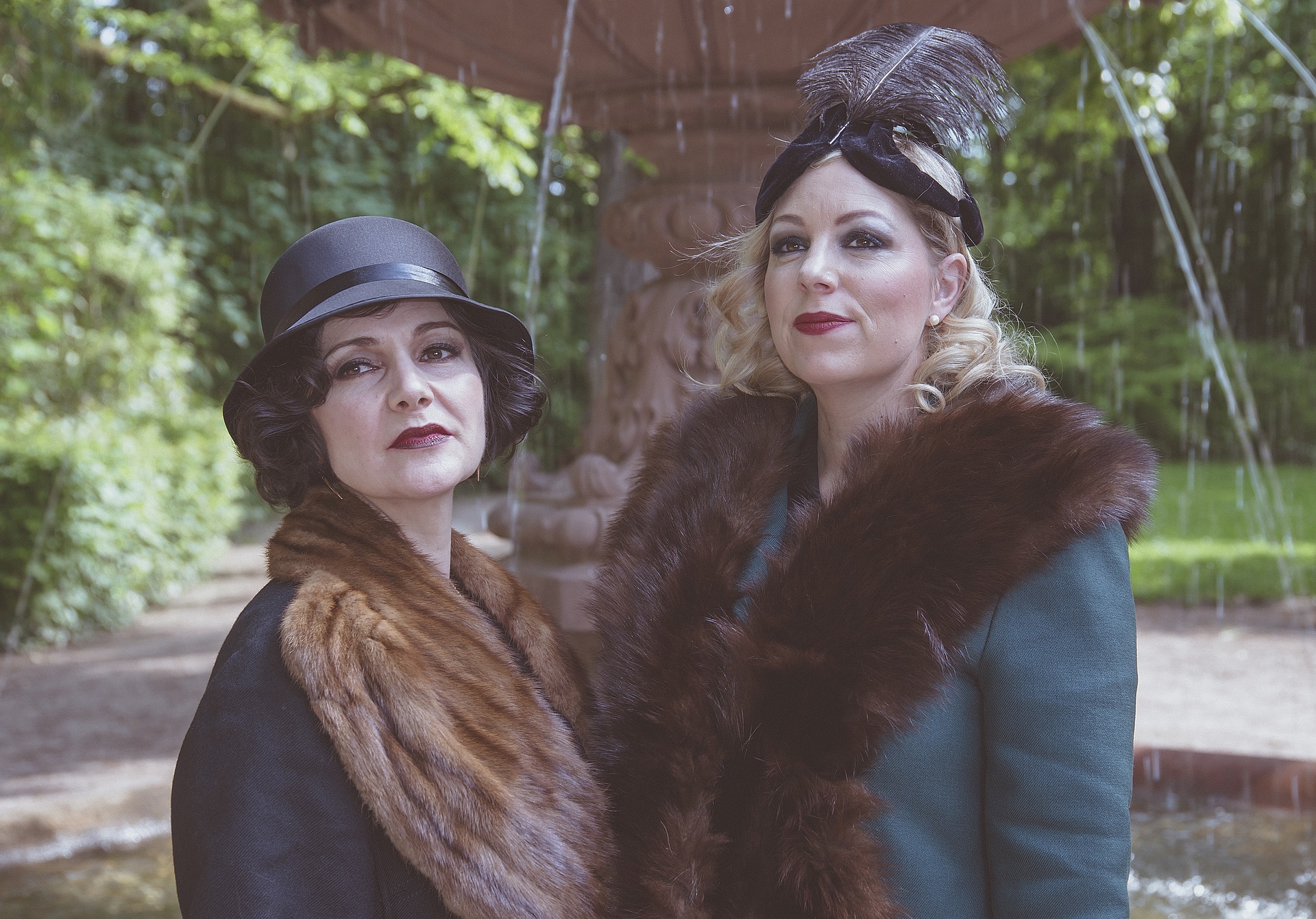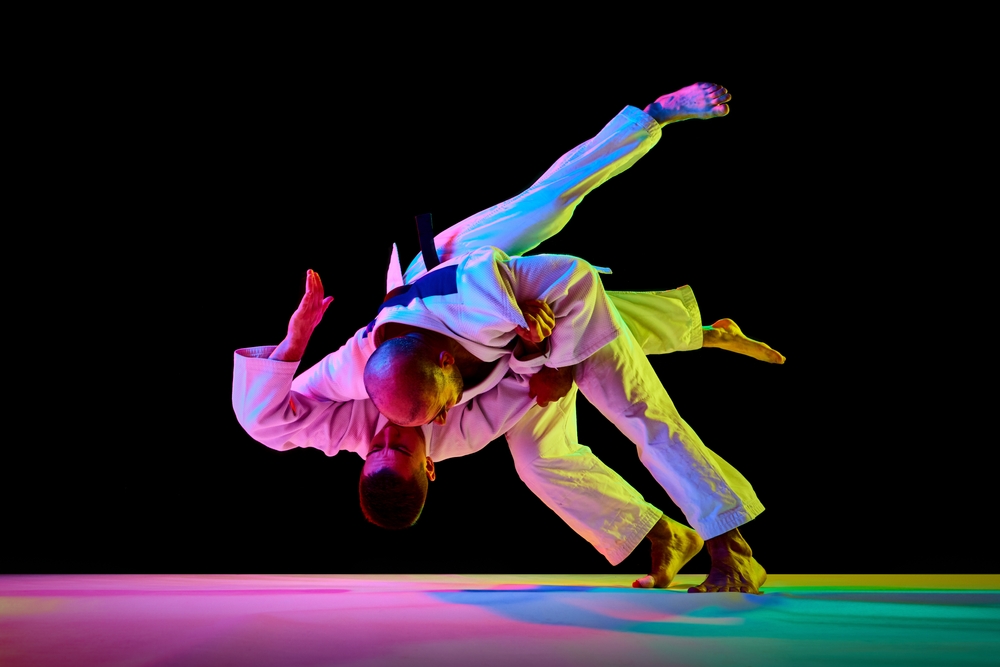Breaking Barriers: An Insight into the Deaf Theatre Movement
In this exploration into the arts, we delve into the unique and compelling world of Deaf Theatre. A movement that has evolved over the years, it has not only provided a platform for the deaf community but has also altered the course of performance arts. Join us as we shed light on this powerful artistic narrative.

The Genesis of a New Artistic Expression
The history of Deaf Theatre is as rich as it is diverse. Beginning in the 1960s, this movement was fueled by the need to create an artistic space where deaf individuals could express themselves. It was a response to a society that often overlooked the deaf community in mainstream theatre. The creation of the National Theatre of the Deaf in 1967 in the United States marked a significant milestone in the movement’s evolution, fostering the growth of this unique art form.
The Modern-Day Scenario
Fast forward to the present day, and Deaf Theatre has not only survived but thrived. It has emerged as a vibrant and dynamic subset of the theatre world, with productions that range from classical plays to contemporary works. Today, organizations like Deaf West Theatre continue to push boundaries, with their groundbreaking 2015 Broadway production of Spring Awakening receiving critical acclaim and multiple Tony Award nominations.
The Impact: Beyond the Stage
The impact of Deaf Theatre extends far beyond the stage. It has served as a powerful tool for advocacy, challenging societal perceptions of the deaf community. It has also played a crucial role in promoting sign language, propelling it from the confines of the deaf community to the larger public sphere. This artistic movement has provided a platform for deaf artists to tell their stories, in their language, and on their terms.
The Significance: A Deeper Understanding
Deaf Theatre is not just about providing entertainment. It is a form of cultural expression that offers a unique perspective into the human condition. It invites audiences to experience a world that is often invisible to them, instigating a dialogue about inclusion, accessibility, and diversity. It challenges the traditional norms of theatre, pushing the boundaries of what is considered ‘mainstream’.
The Reception: A Growing Appreciation
The reception of Deaf Theatre has been overwhelmingly positive, with a growing appreciation for this art form. Critics and audiences alike have praised these productions for their creativity, innovation, and the powerful performances of the artists. This increased visibility has also led to a surge in demand for more inclusive and diverse theatrical experiences, paving the way for the future growth of this movement.
The Deaf Theatre movement stands as a testament to the transformative power of art. A unique blend of creativity, language, and culture, it has carved a niche for itself in the world of performance arts. As we celebrate its achievements, we also look forward to its future, filled with endless possibilities.




